RAG AI framework
RAG AI framework
A Retrieval-Augmented Generation (RAG) framework combines retrieval-based and generative models, bringing the best of both worlds for various use cases. RAG allows AI systems to generate responses based on both existing data and the ability to create new content, making it highly versatile for complex tasks. Below are detailed use cases that illustrate the capabilities of the RAG AI framework, including customer support automation and content generation for marketing.

Customer Support Automation Overview
Customer support is crucial for businesses to maintain customer satisfaction and loyalty. Traditional customer support systems often rely on pre-written scripts or a knowledge base to resolve queries, which can be limited in handling nuanced or uncommon issues. A RAG-based AI framework enhances this by retrieving relevant information from a large dataset (such as a company’s knowledge base, product manuals, or previous customer interactions) and then generating tailored responses that accurately address customer concerns.
Customer support is crucial for businesses to maintain customer satisfaction and loyalty. Traditional customer support systems often rely on pre-written scripts or a knowledge base to resolve queries, which can be limited in handling nuanced or uncommon issues. A RAG-based AI framework enhances this by retrieving relevant information from a large dataset (such as a company’s knowledge base, product manuals, or previous customer interactions) and then generating tailored responses that accurately address customer concerns.
Using a RAG-based system, the AI can
- Retrieve Specific Information: When a customer inquires about an error they are experiencing, the RAG framework first retrieves relevant sections from product documentation, past case studies, or internal troubleshooting logs. - Generate Contextual Responses: The generative aspect then crafts a response that not only addresses the specific error but also considers the customer’s unique context, such as their previous interactions, the version of the software they are using, and their specific configuration.
For instance, if a customer encounters a rare error code, the RAG system can pull up past incidents of similar errors and automatically generate a step-by-step guide that includes relevant troubleshooting steps, possible causes, and preventive measures. This dynamic response generation ensures that even complex or novel issues are handled efficiently.

Benefits

Reduced Response Time
The system significantly cuts down the time taken to respond to customer queries by immediately pulling up the most relevant information and crafting a response.

Consistency
The AI ensures consistent support quality by generating accurate and informative responses that align with the company's best practices.

Scalability
The system can handle a large volume of customer queries simultaneously, which is essential during peak periods or product launches.

Content Generation for Marketing Overview
In the fast-paced world of digital marketing, content is king. Companies need to produce a continuous stream of high-quality content to engage with their audience, drive traffic, and maintain a competitive edge. However, creating fresh, relevant, and engaging content on a regular basis is a significant challenge. A RAG framework can play a pivotal role in automating content creation while ensuring that the content is relevant, personalized, and aligned with the brand's voice.
Consider a digital marketing agency that manages the content strategies for multiple clients across different industries. The agency needs to produce blog posts, social media updates, newsletters, and more. Each piece of content must be tailored to the client’s industry, audience, and brand tone. This requires a deep understanding of the client's business, market trends, and audience preferences.
Using a RAG-based AI system, the agency can
- Retrieve Market Insights: The RAG system can pull up the latest market trends, customer behavior data, and competitor analysis from various sources, such as industry reports, social media analytics, and customer feedback. - Generate Customized Content: Based on the retrieved data, the generative model can then create content that is not only relevant to the current market trends but also tailored to the specific needs of the client. For example, it could generate a blog post on emerging trends in digital marketing for a tech startup or draft an email newsletter focusing on sustainable practices for a client in the environmental sector.
For social media content, the RAG framework could retrieve recent news articles, customer reviews, or industry stats and use this information to generate engaging posts that resonate with the target audience. The generative model ensures the content remains fresh and unique while the retrieval mechanism ensures it is grounded in real-world data.

Benefits

Efficiency
The system automates much of the content creation process, allowing marketing teams to focus on strategy and creativity.

Personalization
The content generated is highly personalized, making it more likely to engage the target audience and drive conversions.

Consistency
The AI maintains a consistent brand voice and messaging across different platforms, ensuring that all content aligns with the client’s overall marketing strategy.

Enhanced Search Engines
Search engines typically rely on keyword matching and ranking algorithms to deliver results. However, this approach can be limited when users input complex queries that require contextual understanding. A RAG-based search engine could improve the quality of search results by not only retrieving relevant documents but also generating summaries or explanations that directly address the user's query. For example, if a user searches for "how to integrate RAG with existing AI systems," the system could retrieve technical documents and generate a concise, actionable guide.
Educational Tools and Tutoring
Educational content needs to be tailored to the learner's level of understanding, which can vary greatly among students. A RAG system can retrieve learning materials suited to the student's current level and generate explanations, examples, or quizzes that cater to their specific needs. For instance, in an online math tutoring scenario, the RAG framework could retrieve relevant textbook sections and generate step-by-step explanations or problems for practice, based on the student's performance and learning style.

Strategic
Partners
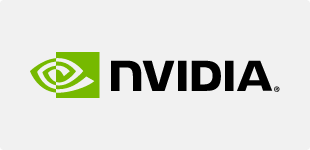
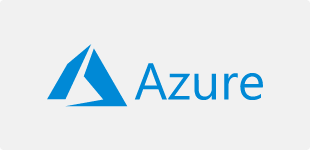

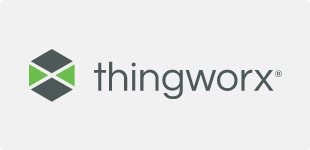

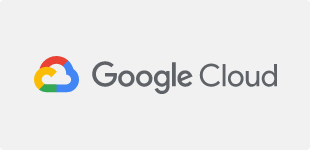
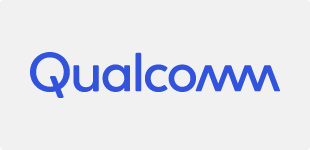
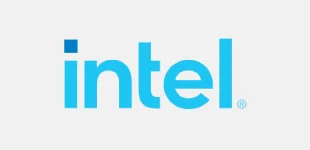
Conclusion
The RAG AI framework offers powerful solutions for a range of applications, from customer support automation to content generation for marketing. By combining the strengths of retrieval-based and generative models, RAG systems can produce highly relevant, context-aware, and personalized outputs that drive efficiency and effectiveness across various domains. As AI continues to evolve, the potential for RAG frameworks to transform industries will only grow, offering increasingly sophisticated and tailored solutions to complex challenges.
We will contact
Get a call back
Accordion Widget for Elementor allows you to present plenty of content in a foldable and concise way.
Accordion Widget for Elementor allows you to present plenty of content in a foldable and concise way.
Accordion Widget for Elementor allows you to present plenty of content in a foldable and concise way.
Accordion Widget for Elementor allows you to present plenty of content in a foldable and concise way.
Accordion Widget for Elementor allows you to present plenty of content in a foldable and concise way.

